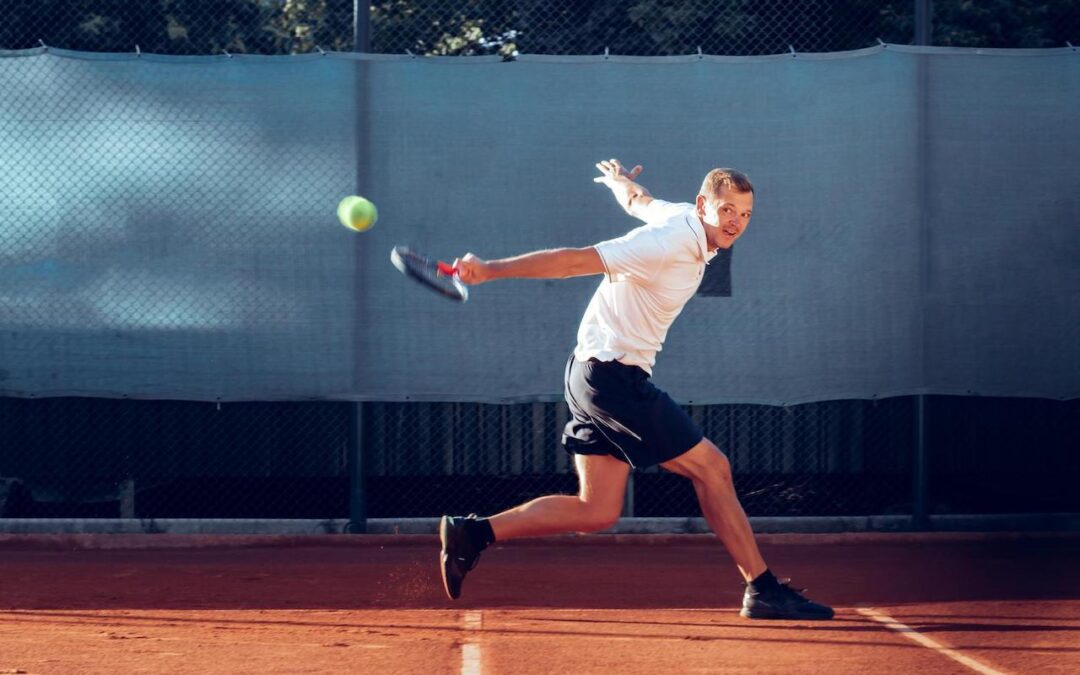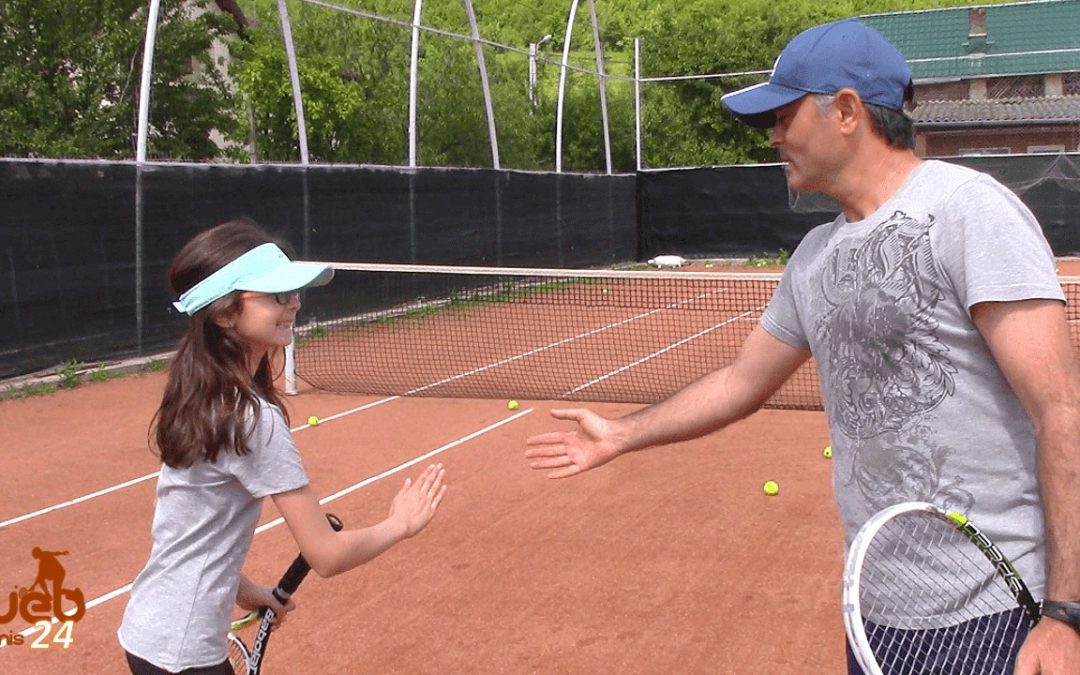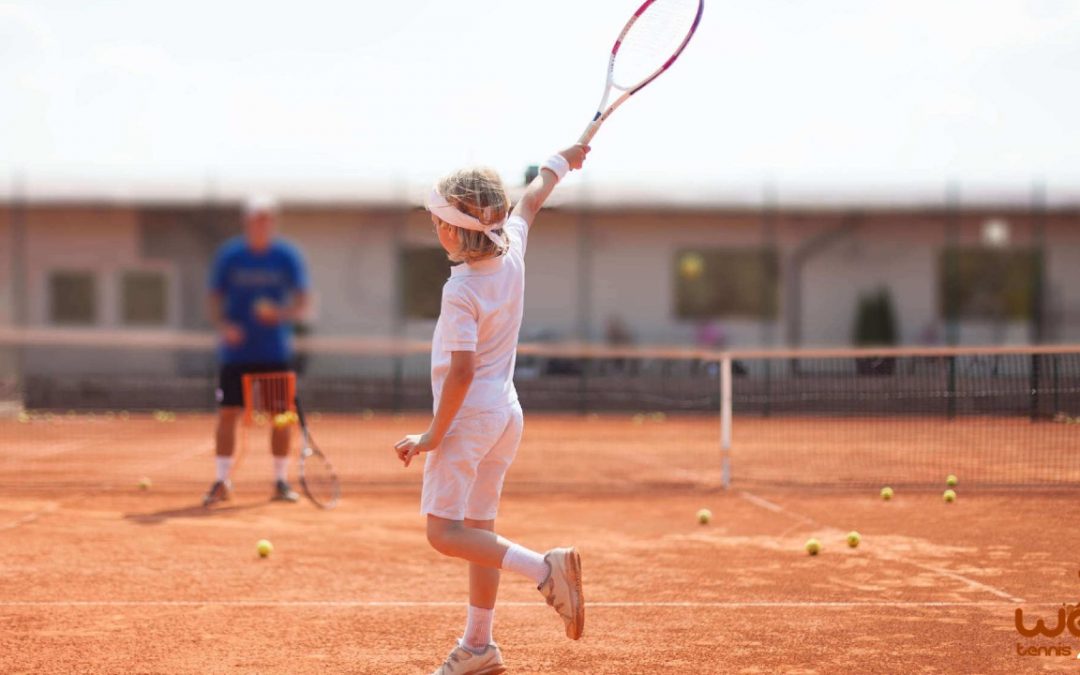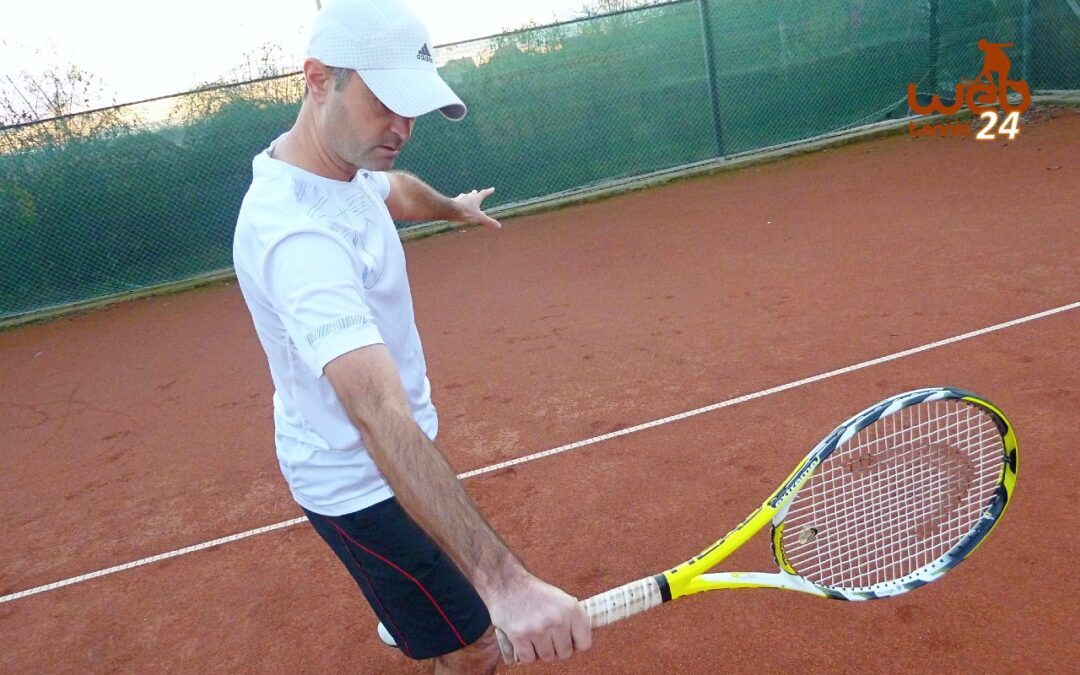
Try Serving With a Backhand Grip. Here’s Why…
Most teaching resources tell you to serve with a continental grip but if you want to add more spin to your serves try moving your hand on the grip slightly to the left (if you are a right-handed player)…
This type of grip (also called Eastern backhand) will allow you to hit better kick serves. Of course, you will have some trouble with the flat serve and you might lose some pace, but you will gain the necessary spin to improve your serve consistency.
Many players choose to hold the racquet with a continental grip on the first serve (for power) and then switch to the backhand grip for their second serve.
Note: A continental grip is holding the racquet (bottom towards you, tip points away) so that it feels like you could hammer a nail with the edge of your racquet. Your hand is on top of the bevel 1 of your racquet (the side that extends the racquet edge).
Personally, I prefer to use an Eastern backhand grip (pictured above) on both my first and second serves. On the power serves, I let my hand be loose and on top of bevels 8-1 for more penetrating contact through the ball; but on the second attempt, my hand is more toward bevels 7-8, which helps me with brushing over and/or the side of the ball for extra spin.
I recently watched an instructional tennis course with Patrick Rafter where he mentioned he used to kick serve on both – first and second. Obviously, as a serve-and-volley player as he was, this kind of serve was necessary. For many players though, when they apply this tactic (heavy spin on both serves), their first serve consistency is greater and as a result, they don’t have to go through the pressure of hitting second serves too often.
This Eastern backhand grip approach on the serve will give you peace of mind that your consistency will be greater. Your opponents will have to worry about controlling your heavy spin and, mentally, you will be more relaxed knowing you don’t have to deal with too many second serves.
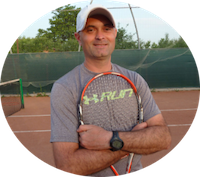
Cosmin Miholca
Certified Tennis Coach
Check out my work at WebTennis24 where I share with you my best video tennis lessons, drills and tips for players, coaches and tennis parents.


